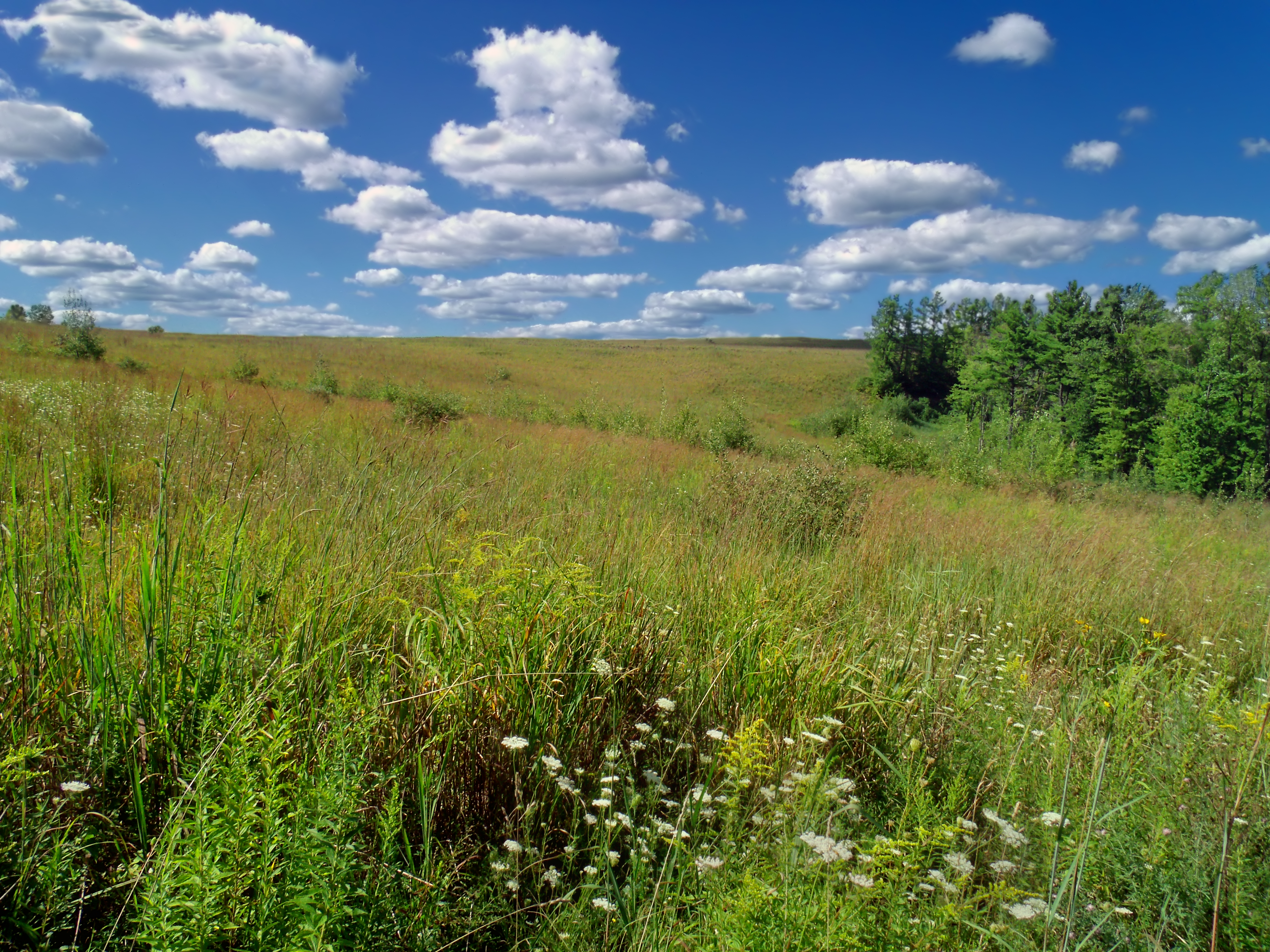Terrestrial Plant on:
[Wikipedia]
[Google]
[Amazon]
 A terrestrial plant is a
A terrestrial plant is a
 A terrestrial plant is a
A terrestrial plant is a plant
Plants are predominantly photosynthetic eukaryotes of the kingdom Plantae. Historically, the plant kingdom encompassed all living things that were not animals, and included algae and fungi; however, all current definitions of Plantae excl ...
that grows on, in, or from land. Other types of plants are aquatic (living in water), epiphytic (living on trees) and lithophytic (living in or on rocks).
The distinction between aquatic and terrestrial plants is often blurred because many terrestrial plants are able to tolerate periodic submersion and many aquatic species have both submersed and emersed forms. There are relatively few obligate submersed aquatic plants (species that cannot tolerate emersion for even relatively short periods), but some examples include members of Hydrocharitaceae and Cabombaceae, '' Ceratophyllum'', and ''Aldrovanda
''Aldrovanda'' is a genus of carnivorous plants encompassing one extant species (''Aldrovanda vesiculosa'', the waterwheel plant) and numerous extinct taxa. The genus is named in honor of the Italian naturalist Ulisse Aldrovandi, the founder of ...
'', and most macroalgae (e.g. '' Chara'' and ''Nitella
''Nitella'' is a genus of charophyte green algae in the family Characeae
Characeae is a family of freshwater green algae in the order Charales, commonly known as stoneworts. They are also known as brittleworts or skunkweed, from the fragilit ...
''). Most aquatic plants can, or prefer to, grow in the emersed form, and most only flower in that form. Many terrestrial plants can tolerate extended periods of inundation, and this is often part of the natural habitat of the plant where flooding is common. These plants (termed helophytes
Aquatic plants are plants that have adapted to living in aquatic environments (saltwater or freshwater). They are also referred to as hydrophytes or macrophytes to distinguish them from algae and other microphytes. A macrophyte is a plant that g ...
) tolerate extended periods of waterlogging around the roots and even complete submersion under flood waters. Growth rates of helophytes decrease significantly during these periods of complete submersion and if water levels do not recede the plant will ultimately decline and perish.Brock, T. C. M., G. van der Velde & H. M. van de Steeg, 1987. The effects of extreme water level fluctuations on the wetland vegetation of a nymphaeid-dominated oxbow lake in The Netherlands. Archiv für Hydrobiologie, Ergebnisse der Limnologie 27: 57–73.
See also
*Aquatic animal
An aquatic animal is any animal, whether invertebrate or vertebrate, that lives in water for most or all of its lifetime. Many insects such as mosquitoes, mayflies, dragonflies and caddisflies have aquatic larvae, with winged adults. Aquatic ...
* Aquatic ecosystem
* Aquatic locomotion
Aquatic locomotion or swimming is biologically propelled motion through a liquid medium. The simplest propulsive systems are composed of cilia and flagella. Swimming has evolved a number of times in a range of organisms including arthropods, ...
* Aquatic mammal
Aquatic and semiaquatic mammals are a diverse group of mammals that dwell partly or entirely in bodies of water. They include the various marine mammals who dwell in oceans, as well as various freshwater species, such as the European otter. They ...
* Aquatic plant
* Botany
Botany, also called , plant biology or phytology, is the science of plant life and a branch of biology. A botanist, plant scientist or phytologist is a scientist who specialises in this field. The term "botany" comes from the Ancient Greek w ...
* Plant community
* Raunkiær plant life-form
* Terrestrial animal
Terrestrial animals are animals that live predominantly or entirely on land (e.g. cats, dogs, ants, spiders), as compared with aquatic animals, which live predominantly or entirely in the water (e.g. fish, lobsters, octopuses), and amphibian ...
* Terrestrial
* Terrestrial ecosystem
Terrestrial ecosystems are ecosystems which are found on land. Examples include tundra, taiga, temperate deciduous forest, tropical rain forest, grassland, deserts.
Terrestrial ecosystems differ from aquatic ecosystems by the predominant pres ...
* Terrestrial locomotion
Terrestrial locomotion has evolved as animals adapted from aquatic to terrestrial environments. Locomotion on land raises different problems than that in water, with reduced friction being replaced by the increased effects of gravity.
As viewe ...
*
* Wetland indicator status
Wetland indicator status denotes the probability of individual species of vascular plants occurring in freshwater, brackish and saltwater wetlands in the United States. The wetland status of 7,000 plants is determined upon information contained i ...
References
{{Reflist Plants by habitat